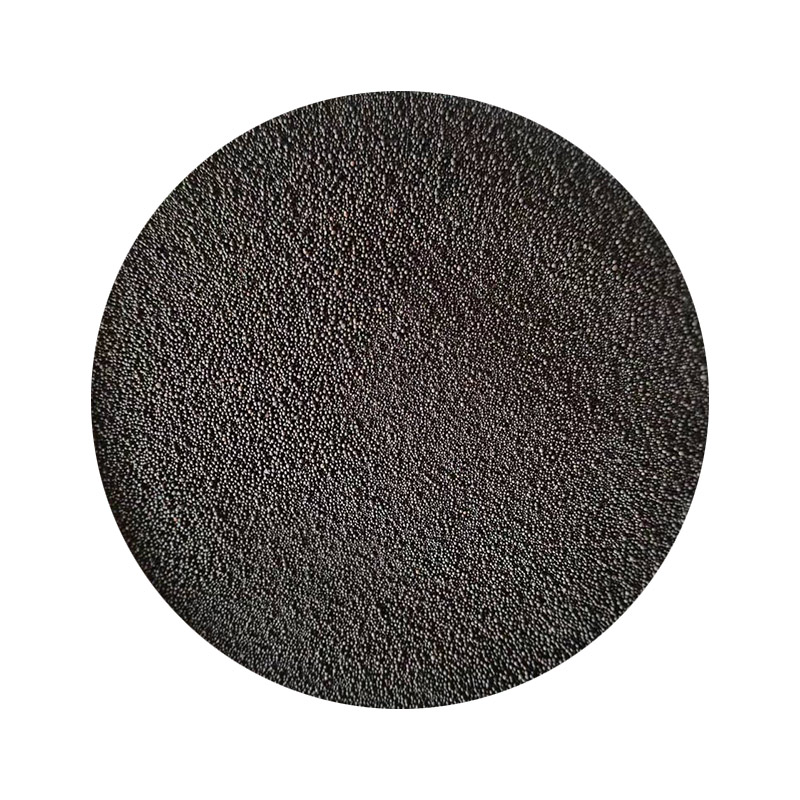Using Sand in Resin A Blend of Nature and Creativity
In the world of art and craft, the integration of natural materials with synthetic compounds can create stunning and unique pieces. One such combination that has gained popularity is the use of sand in resin. This innovative practice not only enriches the aesthetic appeal of art but also offers a way to incorporate natural elements into modern design.
Resin, a versatile and durable material, is often used in various artistic applications, including jewelry making, furniture design, and home decor. It allows artists to encapsulate materials, creating a clear, glossy finish that enhances the underlying elements. By adding sand to resin, creators can evoke a sense of nature, bringing the beauty of the beach or desert into their art. The graininess of sand adds texture and depth, transforming a simple piece into an intricate work of art.
One of the most appealing aspects of using sand in resin is the variety of colors and textures that different sands can offer. Whether it’s the fine, white sand of tropical beaches or the coarse, dark sand from volcanic regions, each type brings its own unique character to the resin. This variety allows artists to tailor their projects to their visions, providing endless creative possibilities. Additionally, colored sand can be mixed or layered to create gradients and patterns, further enhancing the visual impact of the finished piece.
using sand in resin

When working with sand and resin, there are several important considerations to keep in mind. First, choosing the right type of resin is crucial. Epoxy resin is commonly used due to its strong bonding properties and transparency when cured. However, artists should also ensure that the sand is dry and free of impurities to prevent any unwanted reactions during the curing process. Mixing the sand into the resin requires careful measurement, as too much sand can affect the resin's flow and curing time.
For those new to working with resin, there are numerous online tutorials and workshops available that can provide guidance on techniques and best practices. These resources can help artists experiment with different ratios of sand to resin, discover the effects of layering, and explore various finishes. Safety is another important consideration; proper ventilation and protective gear should always be used when handling resin and its components.
The final products can take many forms. Artists have successfully created stunning coasters, tabletops, and even wall art that features mesmerizing patterns of sand suspended in resin. Jewelry designers have harnessed this method to produce eye-catching pieces that resonate with beach-inspired themes. The end results not only showcase the creativity of the artist but also celebrate the beauty of the natural world.
In conclusion, using sand in resin opens up a realm of creative possibilities, allowing artists to merge the natural with the synthetic. The combination not only enhances the aesthetic appeal of the artwork but also adds a story, a connection to nature, and a unique texture that cannot be replicated. As more artists explore this technique, we are likely to see an increasing number of innovative designs that highlight the beauty of this simple yet profound combination. Whether you are a seasoned artist or a beginner looking to experiment, the fusion of sand and resin offers an exciting path to explore the limits of creativity.
Post time:Okt . 16, 2024 00:40
Next:रेती फुन्ड्री प्रक्रिया
